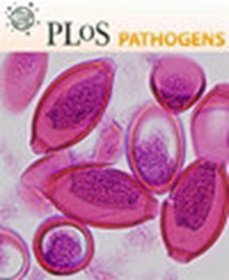Skin as outermost immune organ of vertebrates that elicits robust early immune responses after immunization with glycoprotein of spring viraemia of carp virus
Abstract
As the outermost immune organ in vertebrates, the skin serves as the primary interface with the external environment and plays a crucial role in initiating the early immune response. The skin contains a variety of immune cells that induce mucosal and systemic immune responses, rendering it a prime target for vaccination strategies. Insight into the mechanisms through which vaccination triggers early immune responses is paramount for advancing animal and human health, yet our current understanding remains limited. Given its significance in vertebrate evolution, teleost fish emerges as an excellent model for investigating the early immune response of skin. In this study, we demonstrate that significant quantities of vaccine can be absorbed by the skin and transported to the body through dermis and muscle metabolism by immerses immune zebrafish with glycoprotein of spring viraemia of carp virus. Immersion immunization can elicit robust and enduring immune protection, with the skin triggering a potent immune response early in the immunization process. Analysis of the skin transcriptome revealed the involvement of numerous immune-related genes in the immersion immune response, with indications that HSP70 and MAPK signals might play pivotal roles in the immune process induced by glycoprotein. Co-immunoprecipitation and cell co-localization studies confirmed the interaction between glycoprotein and HSP70. Subsequent research demonstrated that overexpression or inhibition of HSP70 could respectively enhance or impede the expression of JNK and related proteins. However, the survival rate and immune response of HSP70 inhibited zebrafish with glycoprotein treatment were significantly reduced. These findings propose that the interaction between glycoprotein and HSP70 may activate JNK, thereby modulating mucosal and systemic immune responses induced by glycoprotein. This investigation offers novel insights and a foundational understanding of early skin immune reactions.





